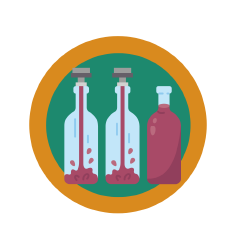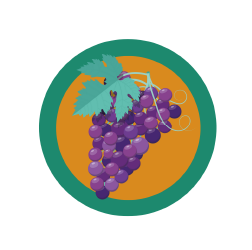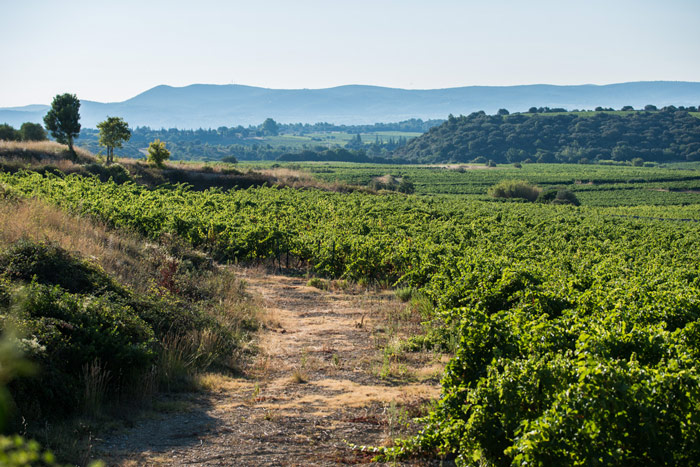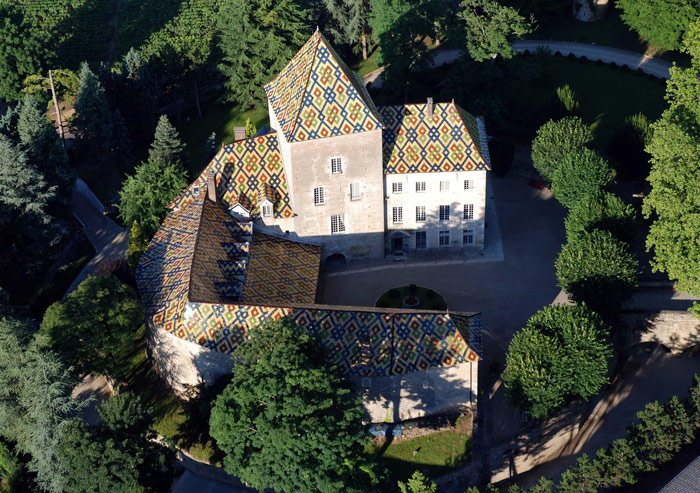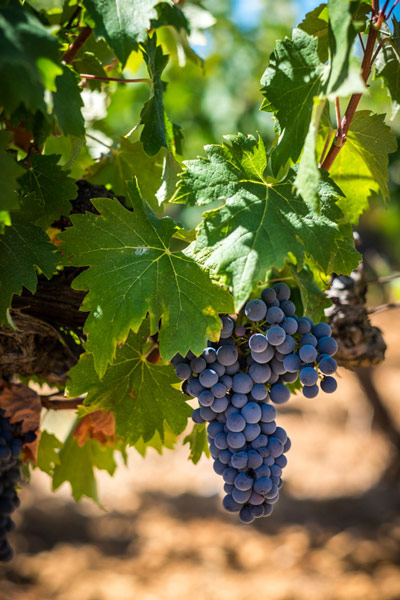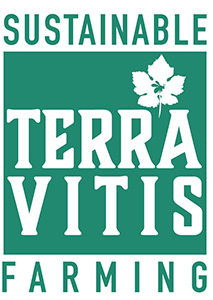Red wines largely dominate production in these AOCs. They are light and fruity, very drinkable, and have fresh red fruit aromas. Their robe is a beautiful garnet red, typical of Gamay wines. The red wines of Beaujolais Villages are fuller in the mouth than AOC Beaujolais wines and keep longer.
The rare rosé wines of AOC Beaujolais and Beaujolais Villages are round, fresh and enjoyable to drink.
The even rarer white wines of Beaujolais from these two appellations boast cirtrus and fresh fruit aromas and are much appreciated by those lucky enough to taste them.
Lastly, let’s not forget Beaujolais Nouveau (or Beaujolais Primeur), a young red or rosé wine that is light, easy-drinking and fruity, and intended to be drunk within the year.
The 10 crus du Beaujolais
The highest category of classification are the 10 crus du Beaujolais, which are named after the villages or areas where these fine wines are produced:
- Brouilly
- Côte de Brouilly
- Chénas
- Morgon
- Fleurie
- Chiroubles
- Juliénas
- Moulin-à-Vent
- Saint-Amour
- Régnié
These are exclusively red wines, whose aromas and notes vary from one appellation to another and depend on the terroir.
